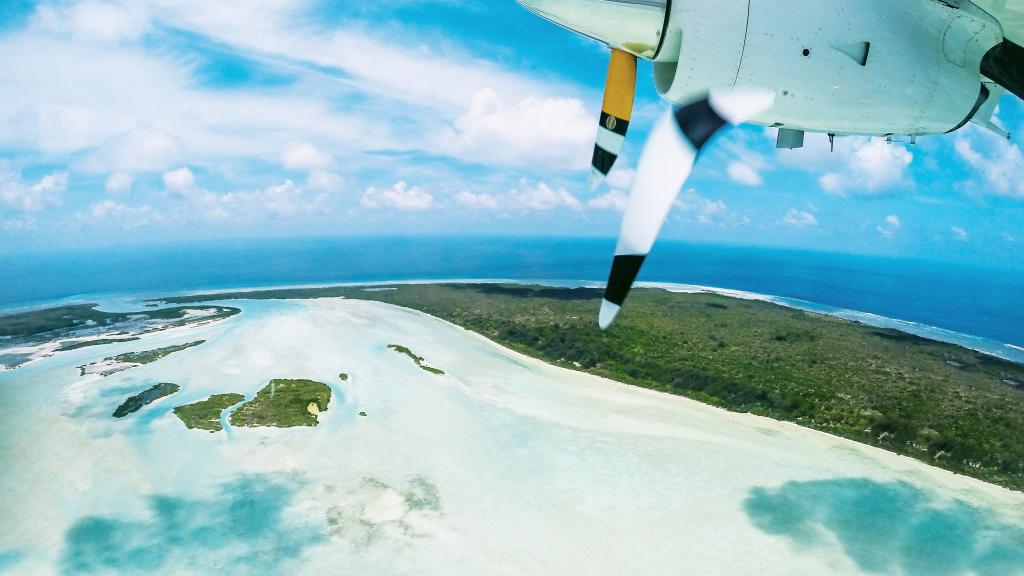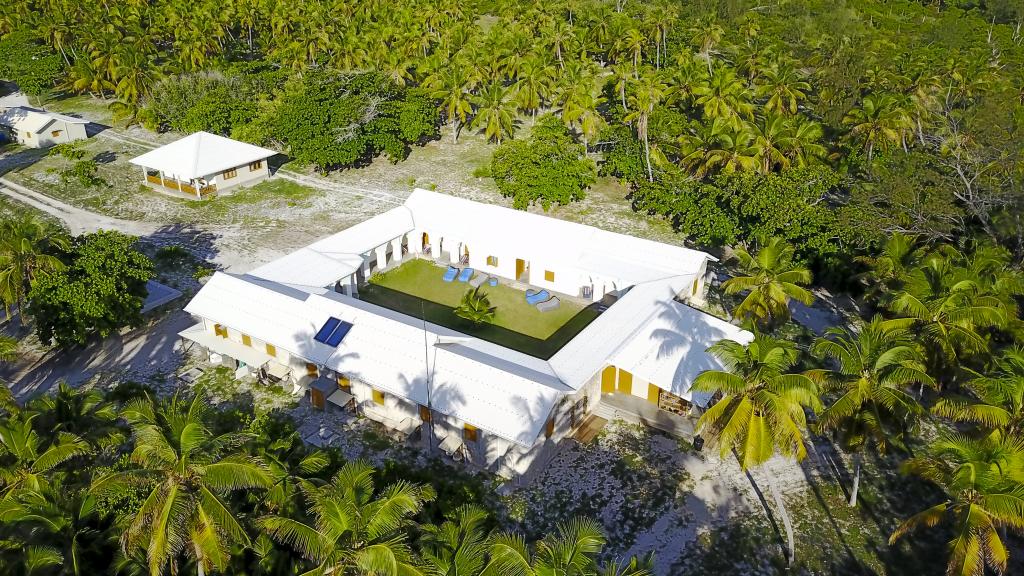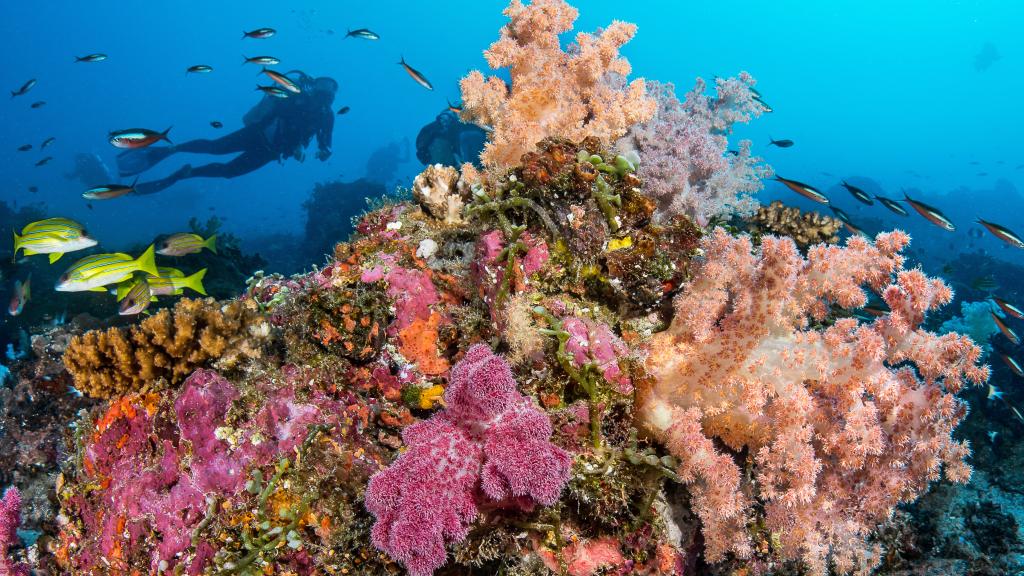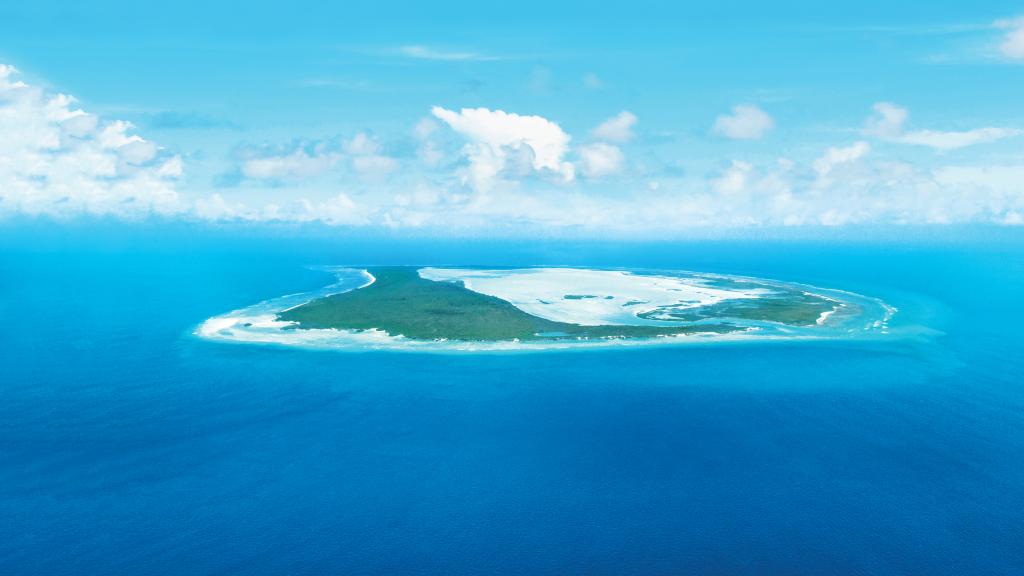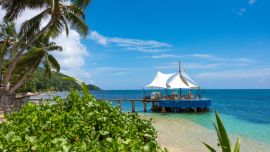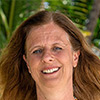Aldabra Group
The Aldabra Group is located about 360 km (223 miles) north of Madagascar, and belongs to the so-called Outer Islands of the Seychelles. The eponymous Aldabra Atoll is the most famous member of this group, but there are three other islands that can be found here: Assumption Island, Astove, and Cosmoledo.
Aldabra Atoll
The Aldabra Atoll is located in the Indian Ocean, around 1,150 km (715 miles) away from Mahé. Since 1982, the atoll has been a part of the UNESCO World Heritage List. Four large islands, Grand Terre, Malabar, Picard, and Polymnie, along with some smaller islands, belong to this large coral reef atoll, which surrounds a huge lagoon. The lagoon itself is between 100 and 34 km across, and 15 km wide, making it the second-largest raised coral atoll in the world, as well as a unique natural habitat.
The island group was given its name by the Arabic sailors who discovered the 'Atoll al Chadra' (the green island). The atoll was probably in a similar state 120,000 years ago to how it is now. The foundation on which the group lies is a volcano which extends 1 km deep into the ocean, formed millions of years ago after an eruption in the sea. The ring which nowadays is formed of different islands was originally the crater ridge of the volcano, once completely covered by the ocean, providing the ideal conditions for coral to grow. These days, the atoll is extremely flat, with its highest point just 8 metres above sea level.
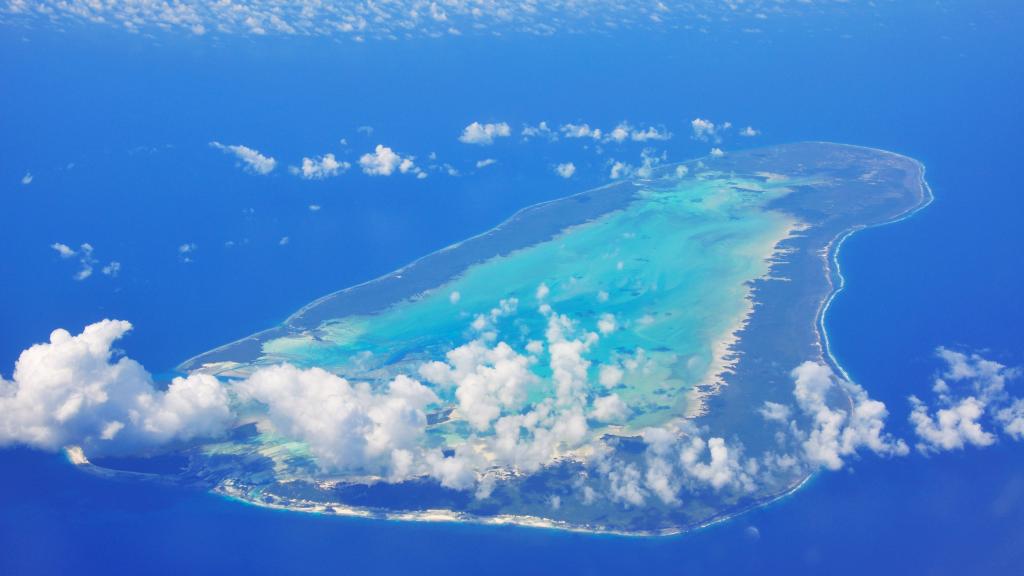
The only residents of the atoll are a few researchers, carrying out work on behalf of the Seychelles Islands Foundation (SIF, www.sif.sc). Tourists may only visit the island as part of a cruise day trop and with permission (Silhouette Cruises, tel. 432 4026, www.seychelles-cruises.com). Due to the sparce vegetation and the isolated location, only relatively few humans have ever set foot on this piece of land. That said, engaged scientists and researchers, including Charles Darwin, made a conscious effort to prevent development on Aldabra, allowing the ecological systems on the island to thrive, including the largest colony of wild giant tortoises in the world. In total, there are around 150,000 individuals here, which is much more than the Galapagos Islands in South America, the other place in the world where the giant tortoise roams in the wild. Hawksbill turtles and green sea turtles, both of which live in the ocean, come to the beach to lay their eggs, where they likely encounter the tiny 60 cm coconut crabs.
Equally abundant on Aldabra are various bird species, including flamingos, frigate birds, herons, Aldabra white-throated crakes (unable to fly), tropical red-tail birds, sunbirds, ibises, sea-swallows, Aldabra drongos, and many other feathered creatures live and nest here, with 97 endemic species in total! 8 different species of mangroves live on the island, ensuring plenty of natural habitat for the birds. The flying fox is the only native mammal to the archipelago, while the Aldabra snail, once thought to have died out (in 1997), was re-discovered in 2014 during a survey. Besides shrubs and bushes, most of which are no more than three or four metres tall, there are 200 different flowering plants on Aldabra, of which 40 can only be found here. For a coral atoll, such a rich variety of plant life is exceptional. The rare mushroom coral can also be found here. In fact, the underwater world of Aldabra is also a unique paradise. Fishing here is banned, so many reef fish swim amongst bass, rays, skates, and mackerel.
Drift-diving through the channels in the atoll's lagoon is a real treat for diving fans, and allows you to get up-close and personal with doctor fish, snappers, and mantas, as well as black-tip sharks, dolphins, and manatees. Up-to-date information about visits to the island can be requested from the Seychelles Tourism Board in Bel Ombre on Mahé (tel. 467 1300).
Assomption
About 30 km south-east of the Aldabra atoll is the 10 km² (3.8 square miles) island of Assomption (also known as 'Assumption' island). The main feature of this island is the 20-metre sand dunes and limestone boulders. The island was given its name by French captain Nicolas Morphey, who discovered the island on 14th August 1756 and named it after the following day, Maria's Assumption into heaven. The island was first of all used for guano production and copra production, with a few buildings and a grassy landing strip for small planes.
The once thick vegetation was, over time, destroyed by these endeavours. In 1920, most of the island's plants and animals had died out, and Assomption is even nowadays the most destroyed island in the Seychelles in terms of ecological impact. Through renovation work, some of the island's old flora and fauna has been rejuvenated, and these days only a few people live on the island. Assomption is often used as a day-trip location for cruises, even though the island has very little in terms of infrastructure. The country's authorities try to limit the number of trips to the island, however, to protect the environment here.
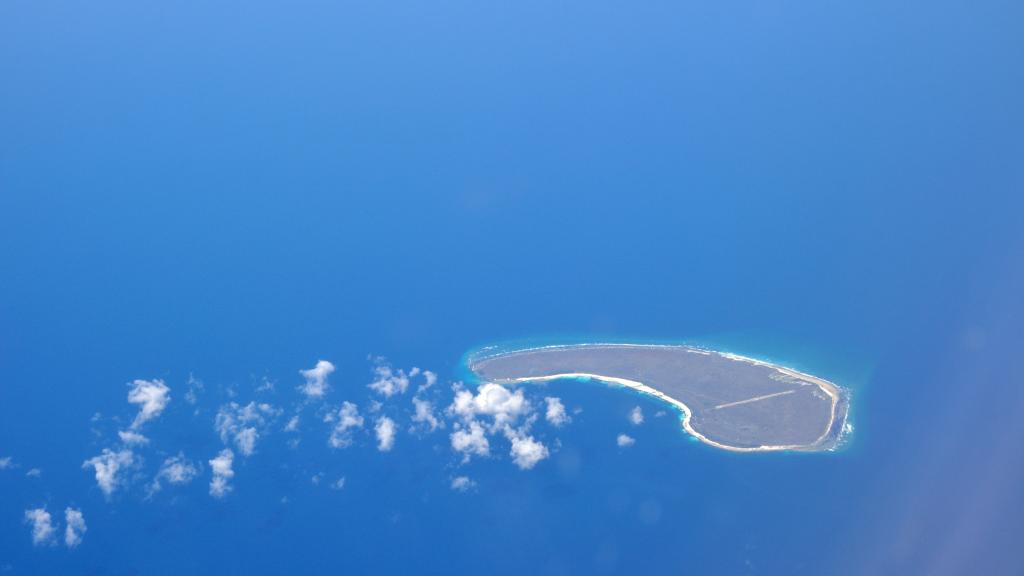
Cosmoledo Atoll
115 km (71 miles) south-east of Aldabra is the almost completely circular Cosmoledo Atoll. Approximately 14.5 km long and 11.5 km wide, the whole of the atoll's land mass is made up of two islands, Menai and Grande Ile, as well as a dozen smaller islands and rocks, totalling just 5.2 km² in total land mass. The lagoon, however, has an area of 145 km². Together with the neighbouring Astove, Cosmoledo is located on a volcanic plinth, that stretches down 4 km into the depths.
Menai was once home to coconut and agave plantations, while guano production also affected the island. These days, hundreds of thousands of different sea birds live on the island, including the largest colony of birds in the Seychelles, with 1.1 million sooty tern pairs nesting here. Meanwhile, the colony of red-footed boobys is the largest in the Indian Ocean. On Grande Ile, the red-tailed tropical bird nests - a bird that can only be found here and on Aldabra.
Astove-Atoll
About 35 km (22 miles) from Cosmoledo lies the 6 km² Astove Atoll, the southernmost Seychelles island. Astove is a so-called "raised atoll", with the coral reef almost completely separating the 9.5 km² (3.6 square mile) lagoon from the ocean.
These days, the island is uninhabited, despite the small settlement on the west coast, built in the 1960s, where up to forty people once lived off vegetable and tobacco farming. The growth of guano also damaged the island's surface, and these days few trees grow here, while rats drove off the island's sea bird population. Astove is, however, home to four types of land birds. In 1911, there was a pirate treasure chest found on the island with over 100 silver coins, cutlery, and more found inside. The island is, thanks to this, a real gem of the Seychelles.
